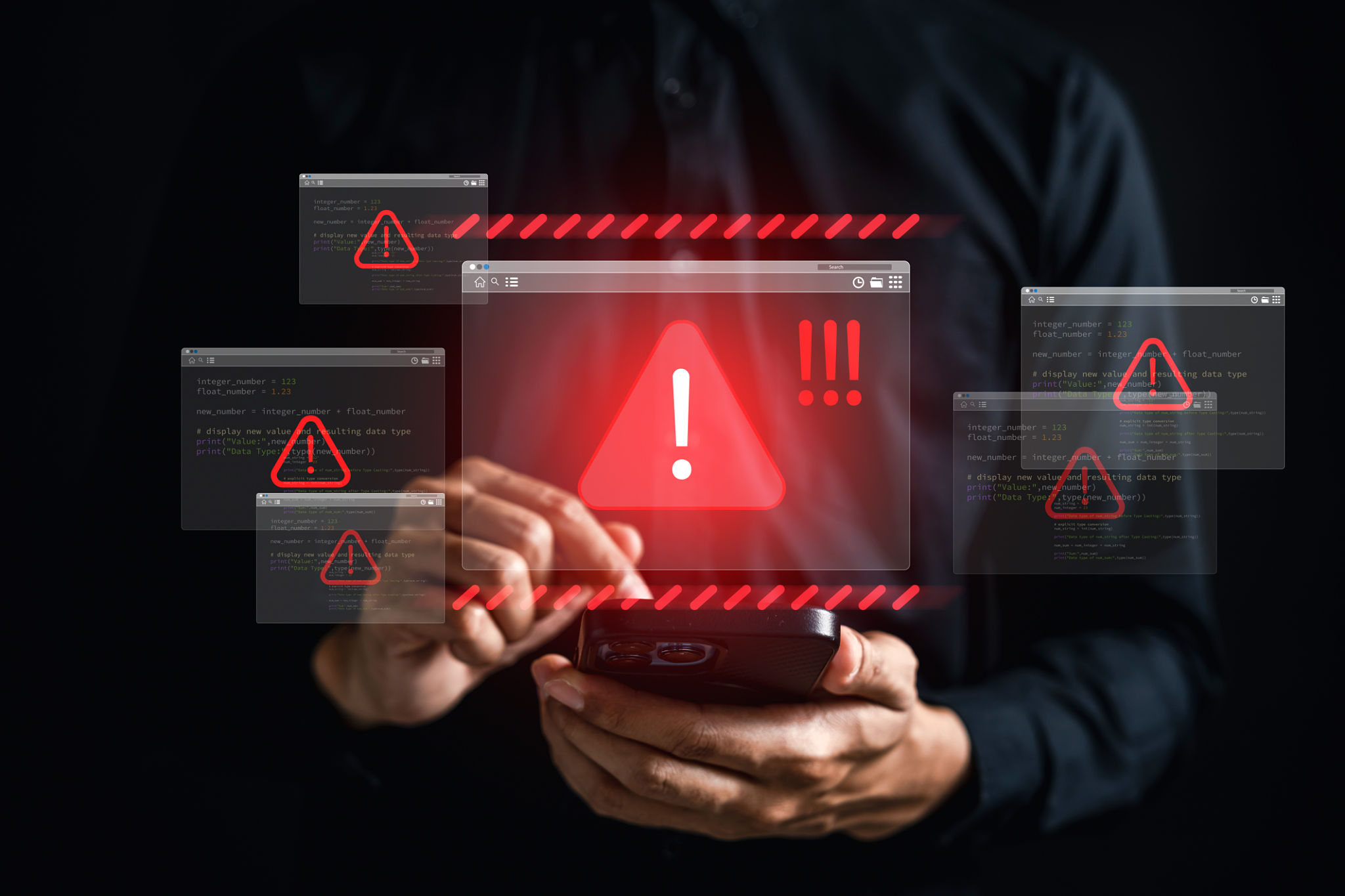Preparing for Cyber Threats: Seasonal Security Checklist for Businesses
Understanding the Importance of Cybersecurity
In today's digital age, cyber threats are ever-evolving, posing significant challenges to businesses of all sizes. As the seasons change, so do the tactics employed by cybercriminals. Businesses must remain vigilant and proactive in their cybersecurity measures to protect sensitive data and maintain trust with their clients. A seasonal security checklist can serve as a valuable tool in preparing for these threats.

Review and Update Security Policies
Regularly reviewing and updating your security policies is crucial. As technology advances, so should your defense strategies. Ensure that your policies are not only comprehensive but also adaptable to new threats. Consider involving your IT department or cybersecurity experts in these reviews to ensure no stone is left unturned.
Employee Training and Awareness
One of the most effective ways to safeguard your business is through employee training. Conduct regular workshops or training sessions to educate staff about the latest phishing scams, malware, and other cyber threats. An informed workforce can act as a formidable first line of defense against potential attacks.

Conduct Regular System Audits
System audits are essential for identifying vulnerabilities within your network. Conducting regular audits can help detect weaknesses before they are exploited by cybercriminals. These audits should include both internal and external assessments to provide a comprehensive view of your security posture.
Implement Multi-Factor Authentication
Multi-factor authentication (MFA) adds an extra layer of security by requiring users to verify their identity through multiple methods. Implementing MFA can significantly reduce the risk of unauthorized access, ensuring that even if passwords are compromised, additional barriers protect sensitive information.

Update Software and Systems
Keeping your software and systems up to date is a fundamental aspect of cybersecurity. Regular updates and patches fix known vulnerabilities that cybercriminals may exploit. Ensure that all devices, from computers to mobile phones, are running the latest versions of their operating systems and applications.
Backup Data Regularly
Data loss can be devastating for any business. Regularly backing up data ensures that you have a recovery plan in place in case of a cyberattack or system failure. Consider using automated backup solutions to maintain a consistent backup schedule without relying on manual processes.
Monitor Network Activity
Constantly monitoring network activity is crucial for detecting unusual patterns or potential security breaches. Utilize network monitoring tools to receive real-time alerts on suspicious activities. This proactive approach allows you to respond swiftly and mitigate potential threats before they cause significant damage.

Prepare an Incident Response Plan
No system is infallible; therefore, having an incident response plan is vital. This plan should outline the steps to take in the event of a cyberattack, ensuring that your team can respond effectively and minimize damage. Regularly testing this plan through drills or simulations can further enhance your preparedness.
In conclusion, staying ahead of cyber threats requires ongoing vigilance and adaptability. By incorporating these practices into your seasonal security checklist, businesses can bolster their defenses and safeguard their digital assets. Remember, cybersecurity is not just a one-time effort but a continuous commitment to protecting your business and its stakeholders.